Colombo's Coastal Wonders and Cultural Gems
Explore Colombo's vibrant history and stunning coastal views on this engaging tour. Join us for a free walking tour filled with iconic landmarks and local stories.
Time
3 Hours
Stops
9 Places
Distance
4.8 km
Galle Face Green
This iconic urban park along the coast offers stunning views of the Indian Ocean and is a popular spot for both locals and tourists to relax and enjoy the sea breeze.
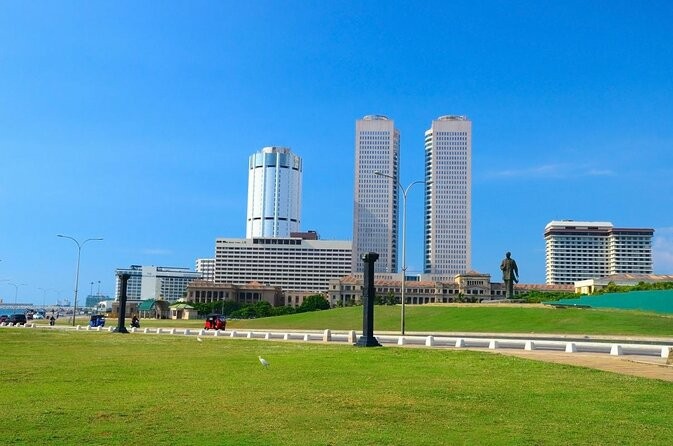
Galle Face Green (Source: Google Maps)
Galle Face Green is an iconic urban park stretching along the coast of Colombo, offering breathtaking views of the Indian Ocean. Established in the 1850s, it has become a popular gathering spot for locals and tourists alike. The park is known for its expansive lawns, where families enjoy picnics, kite flying, and leisurely strolls. The area is rich in history, once serving as a battleground during colonial times and a hub for various cultural events. Today, Galle Face Green is a symbol of Colombo's vibrant urban life, hosting food vendors and evening gatherings that celebrate the city’s lively atmosphere.
Old Parliament Building
Just a short walk from Galle Face Green, this neoclassical building was the legislative home of Sri Lanka until 1983 and now houses the Presidential Secretariat.
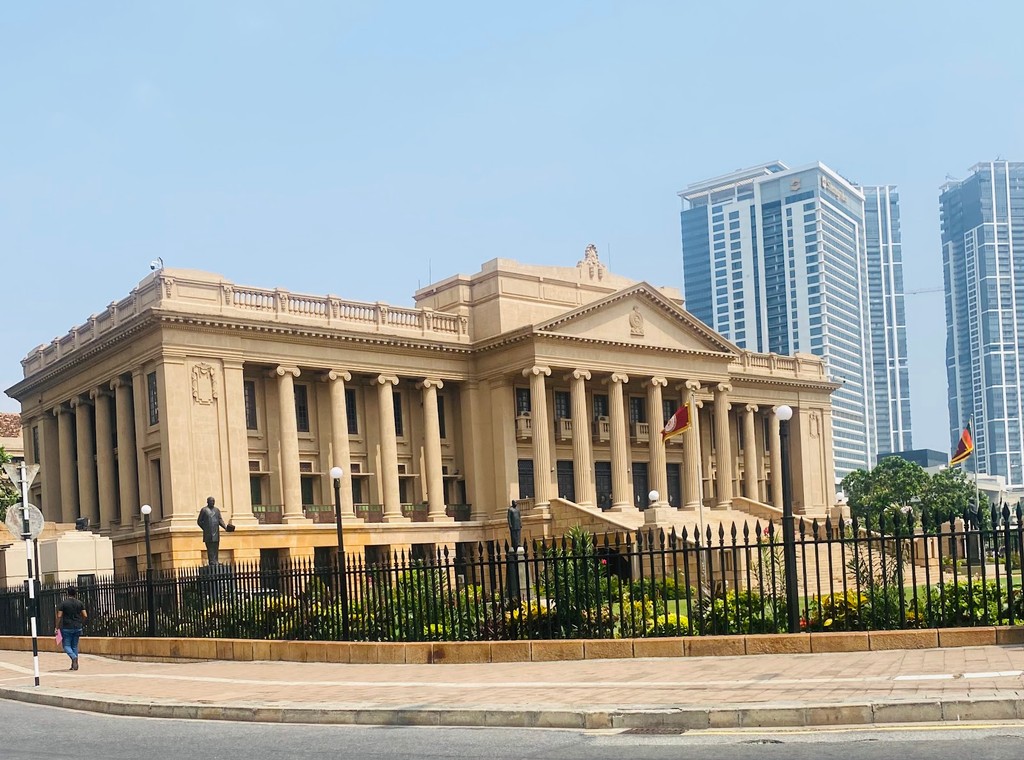
Old Parliament Building (Source: Google Maps)
The Old Parliament Building, constructed in the early 20th century, is a stunning example of neoclassical architecture in Colombo. This historic structure served as the legislative home of Sri Lanka until 1983 and is now the Presidential Secretariat. The building features grand columns, intricate details, and a beautifully maintained garden that reflects its historical significance. It stands as a testament to Sri Lanka's political evolution and is a prominent landmark in the city. Visitors can admire its architectural beauty and learn about the country's legislative history, making it a key stop on any tour of Colombo.
The Lighthouse Clock Tower
A historical landmark built in 1857, this tower served as both a lighthouse and a clock tower, reflecting Colombo’s colonial past.
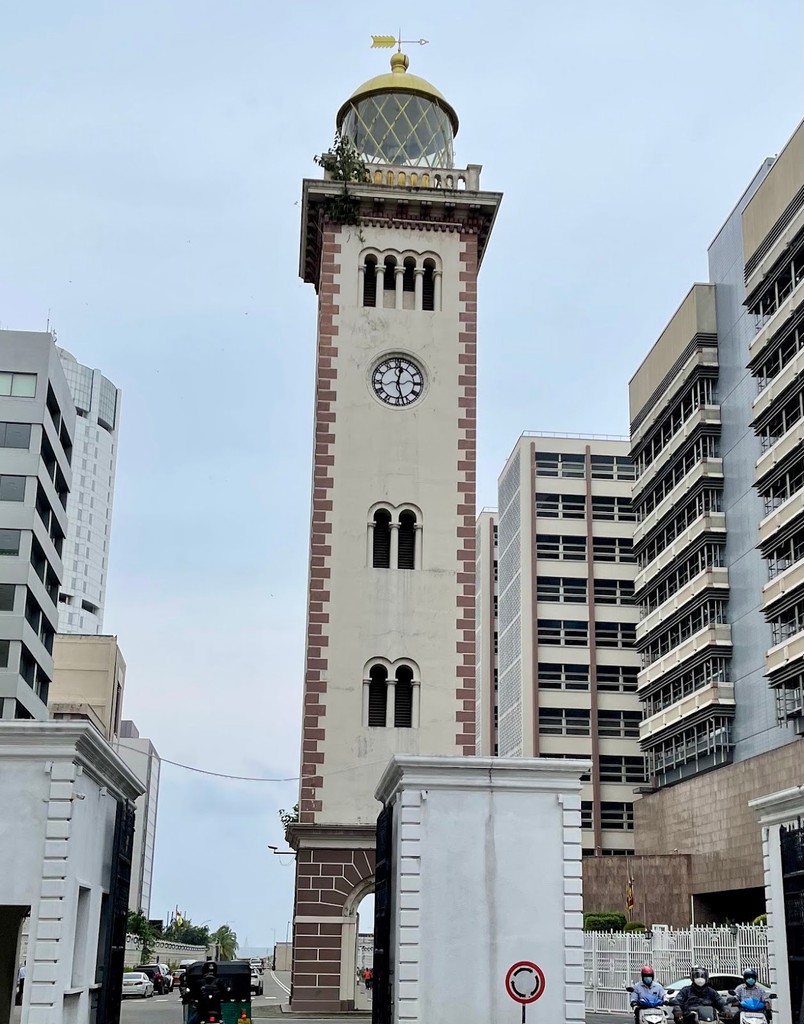
The Lighthouse Clock Tower (Source: Google Maps)
Built in 1857, The Lighthouse Clock Tower is a significant historical landmark in Colombo, serving both as a lighthouse and a clock tower. Designed to guide ships safely into the harbor, the tower reflects the architectural style of the colonial era. Standing tall with its distinctive design, it has witnessed the city's transformation over the decades. The clock tower is not only functional but also a beloved symbol of Colombo's maritime heritage. It offers a glimpse into the past, showcasing the importance of navigation and trade in the region, and remains a popular subject for photographers and history enthusiasts.
Dutch Hospital Shopping Precinct
Originally a hospital built by the Dutch in the 17th century, this beautifully restored precinct is now a vibrant area with shops and cafes.
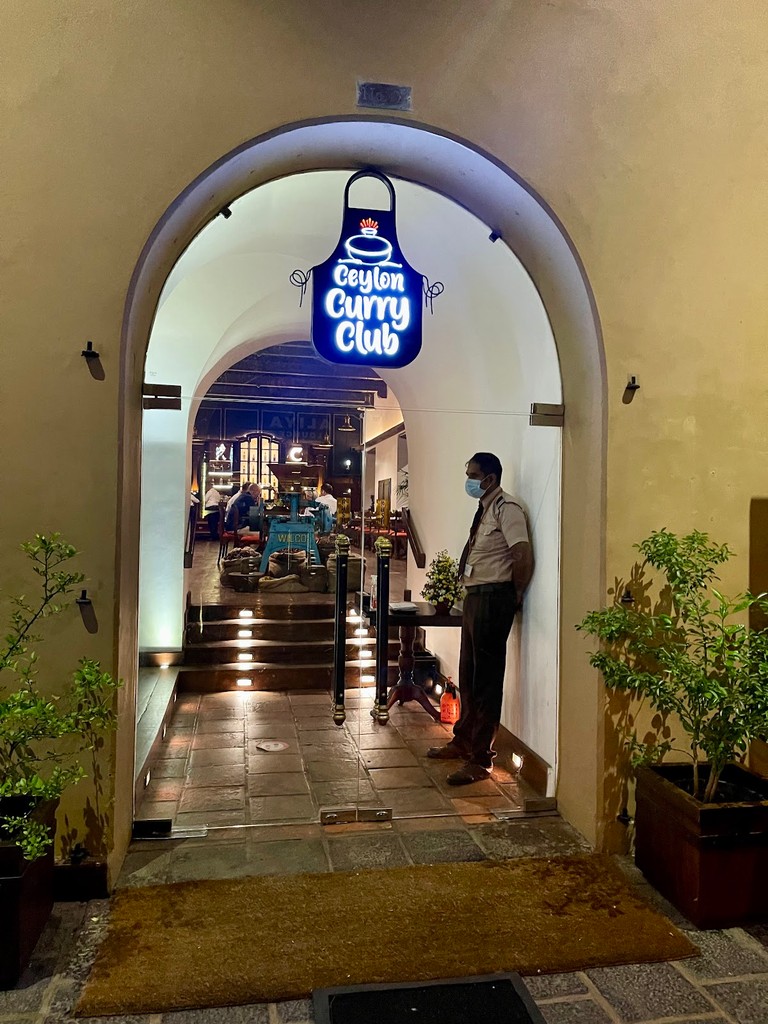
Dutch Hospital Shopping Precinct (Source: Google Maps)
Originally constructed in the 17th century, the Dutch Hospital is one of the oldest buildings in Colombo, initially serving as a hospital for Dutch sailors. Today, it has been beautifully restored and transformed into a vibrant shopping precinct. The architecture showcases the colonial Dutch influence, with its thick walls and spacious courtyards. Visitors can explore a variety of shops, restaurants, and cafes, making it a popular destination for both locals and tourists. The Dutch Hospital Shopping Precinct combines historical charm with modern amenities, offering a unique shopping experience that reflects Colombo's rich heritage.
Colombo Fort Railway Station
A bustling hub of activity, this station is a testament to Sri Lanka's colonial-era rail infrastructure and remains a vital part of the city's transport network.
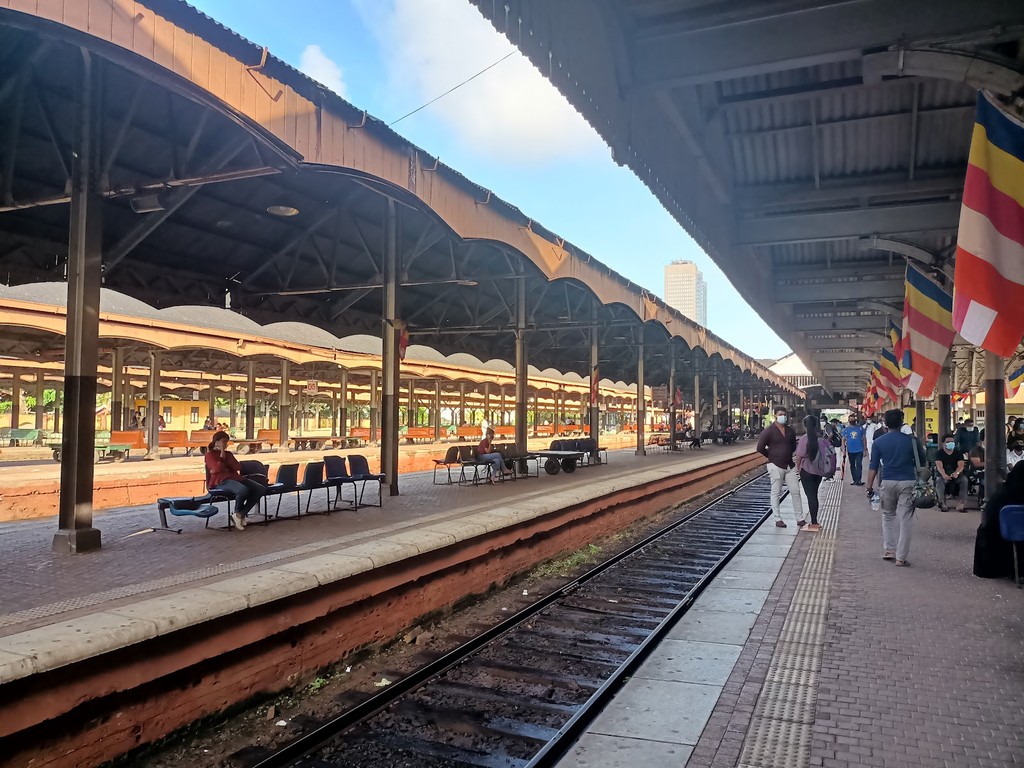
Colombo Fort Railway Station (Source: Google Maps)
Colombo Fort Railway Station is a bustling hub that stands as a testament to Sri Lanka's colonial-era railway infrastructure. Opened in the late 19th century, it has been a vital part of the city's transport network, connecting Colombo with various regions of the island. The station features a distinctive architectural style, characterized by its red-brick facade and clock tower. Inside, the station is always alive with the sounds of travelers and vendors, creating a vibrant atmosphere. As one of the busiest railway stations in Sri Lanka, it plays a crucial role in the daily lives of many commuters and is a key landmark in Colombo.
Pettah Market
This lively market is a cultural melting pot where you can experience the hustle and bustle of Colombo life and find a variety of goods and produce.
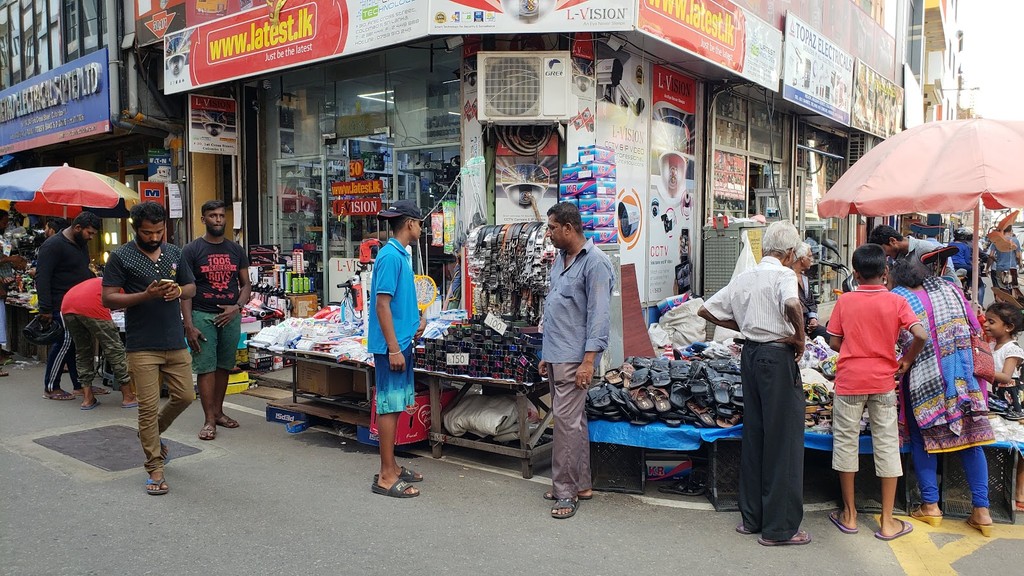
Pettah Market (Source: Google Maps)
Pettah Market is a lively and colorful market that embodies the spirit of Colombo. Known for its bustling atmosphere, the market is a cultural melting pot where locals and visitors can experience the vibrant life of the city. Here, you will find a diverse range of goods, from fresh produce and spices to textiles and electronics. The market is a sensory delight, filled with the sounds of haggling, the aromas of street food, and the vibrant colors of various products. Pettah Market is not just a shopping destination; it's a cultural experience that offers a glimpse into the daily lives of Colombo's residents.
Jami Ul-Alfar Mosque (Red Mosque)
Known for its striking red and white brickwork, this mosque is one of Colombo’s most photographed landmarks and a symbol of its diverse cultural heritage.
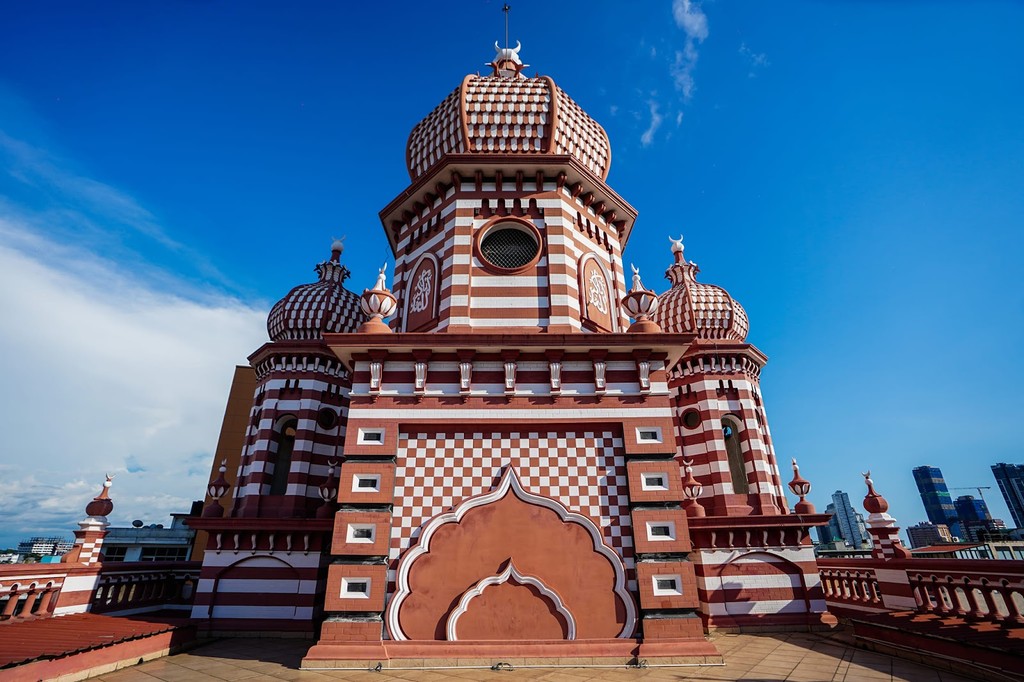
Jami Ul-Alfar Mosque (Red Mosque) (Source: Google Maps)
The Jami Ul-Alfar Mosque, commonly known as the Red Mosque, is one of Colombo's most photographed landmarks. Built in 1909, the mosque is renowned for its striking red and white brickwork, which makes it a unique architectural gem in the city. It serves as a significant place of worship for the Muslim community in Colombo and showcases intricate designs and patterns that reflect Islamic architectural styles. The mosque is not only a spiritual center but also a symbol of Colombo's diverse cultural heritage, attracting visitors who come to admire its beauty and learn about its historical significance.
Wolvendaal Church
Built in 1749, this church is one of the oldest Protestant churches in Sri Lanka, showcasing Dutch colonial architecture.
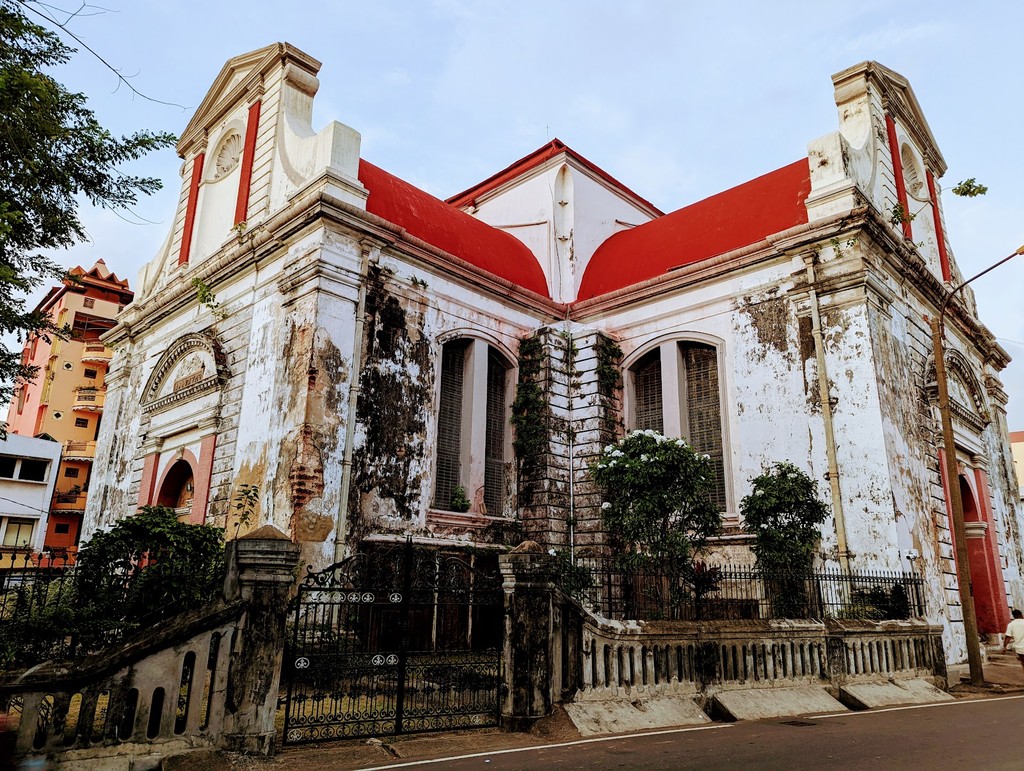
Wolvendaal Church (Source: Google Maps)
Wolvendaal Church, built in 1749, is one of the oldest Protestant churches in Sri Lanka, showcasing the influence of Dutch colonial architecture. The church features a simple yet elegant design, with its whitewashed walls and wooden interiors contributing to its serene atmosphere. It was initially built for the Dutch Reformed Church and has since become a significant historical site. The church's cemetery contains graves of many notable figures from the colonial era, adding to its historical importance. Today, Wolvendaal Church stands as a testament to the rich religious and cultural history of Sri Lanka, attracting visitors interested in its architectural beauty and historical context.
St. Anthony's Shrine
This Roman Catholic church is a revered place of worship and an architectural gem, attracting visitors for both its spiritual significance and serene atmosphere.
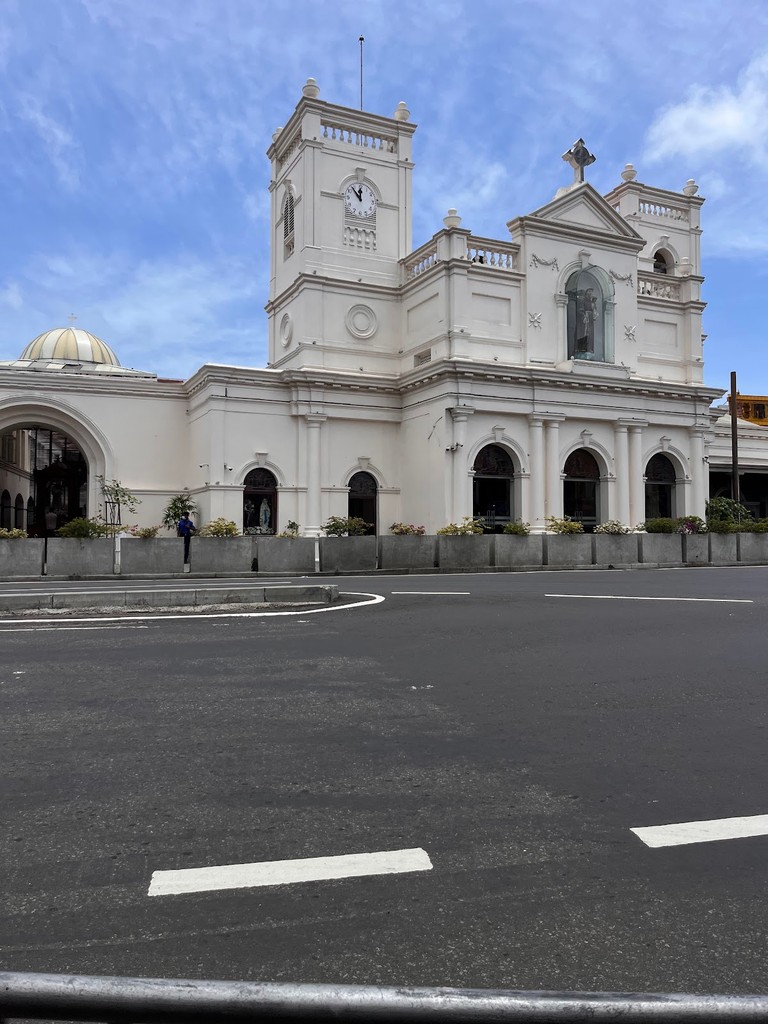
St. Anthony's Shrine (Source: Google Maps)
St. Anthony's Shrine is a revered Roman Catholic church located in Colombo, known for its stunning architecture and spiritual significance. The church attracts visitors for its beautiful murals, intricate designs, and serene atmosphere. It is dedicated to St. Anthony of Padua, a popular saint among Catholics, and serves as a place of worship for many devotees. The shrine is particularly busy during feast days, drawing crowds who come to pay their respects and seek blessings. St. Anthony's Shrine not only serves as a spiritual center but also as an architectural gem, reflecting the rich religious heritage of Colombo.

Your travels, your rules.
Create your own Free Walking Tours.
Set your preferences, distances and anything you want to do or see.
Completely free, no payment required.